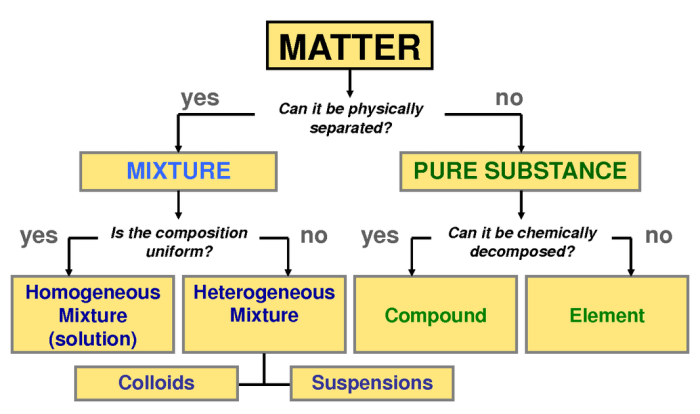Student exploration moles answer key – Embark on a captivating journey into the realm of chemistry with the Student Exploration: Moles Answer Key. This comprehensive guide unlocks the mysteries of moles, a fundamental unit of measurement for quantifying substances, empowering you to unravel the intricate relationships between mass, particles, and chemical reactions.
Delve into the significance of Avogadro’s number, the cornerstone of mole conversions, and master the step-by-step process of transforming between moles and particle counts. Witness the practical applications of mole calculations in determining substance masses and unraveling the intricacies of real-world scenarios in chemistry, medicine, and beyond.
Student Exploration: Moles
Moles are a fundamental unit of measurement in chemistry, representing the amount of substance. They provide a convenient way to express the quantity of atoms, molecules, or ions involved in chemical reactions and calculations.
Moles are defined as the amount of substance that contains exactly 6.022 × 10 23elementary entities (atoms, molecules, ions, or electrons). This number is known as Avogadro’s number.
Key Concepts in Mole Calculations
Avogadro’s number serves as a bridge between the macroscopic and microscopic scales in chemistry. It allows us to convert between the number of particles and the amount of substance in moles.
The formula for converting between moles (n) and the number of particles (N) is:
N = n × N A
where N Ais Avogadro’s number (6.022 × 10 23mol -1).
Applications of Mole Calculations
Mole calculations find widespread applications in various fields of science, including chemistry, medicine, and environmental science. Some common applications include:
- Determining the mass of a substance given its moles
- Calculating the number of moles of a substance present in a given mass
- Stoichiometry calculations in chemical reactions
- Molarity calculations in solution chemistry
Practice and Assessment, Student exploration moles answer key
| Practice Problems | Answer Key |
|---|---|
| Convert 2.5 mol of carbon atoms to the number of atoms. | 1.5055 × 1024 atoms |
| Calculate the mass of 0.75 mol of sodium chloride (NaCl). | 43.45 g |
User Queries: Student Exploration Moles Answer Key
What is the significance of Avogadro’s number in mole calculations?
Avogadro’s number, 6.022 x 10^23, represents the number of particles (atoms, molecules, or ions) present in one mole of a substance. It serves as a bridge between the macroscopic and microscopic scales, enabling conversions between moles and particle counts.
How do I convert between moles and grams of a substance?
To convert moles to grams, multiply the number of moles by the molar mass of the substance. Conversely, to convert grams to moles, divide the mass by the molar mass.
What are some practical applications of mole calculations?
Mole calculations are indispensable in various fields, including chemistry, medicine, and environmental science. They enable the determination of reactant and product quantities in chemical reactions, the preparation of solutions with specific concentrations, and the analysis of substance compositions.


